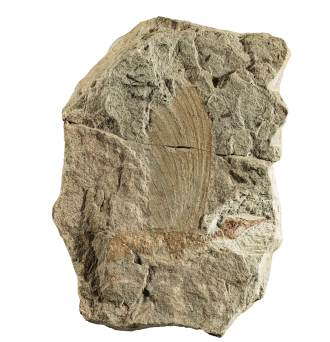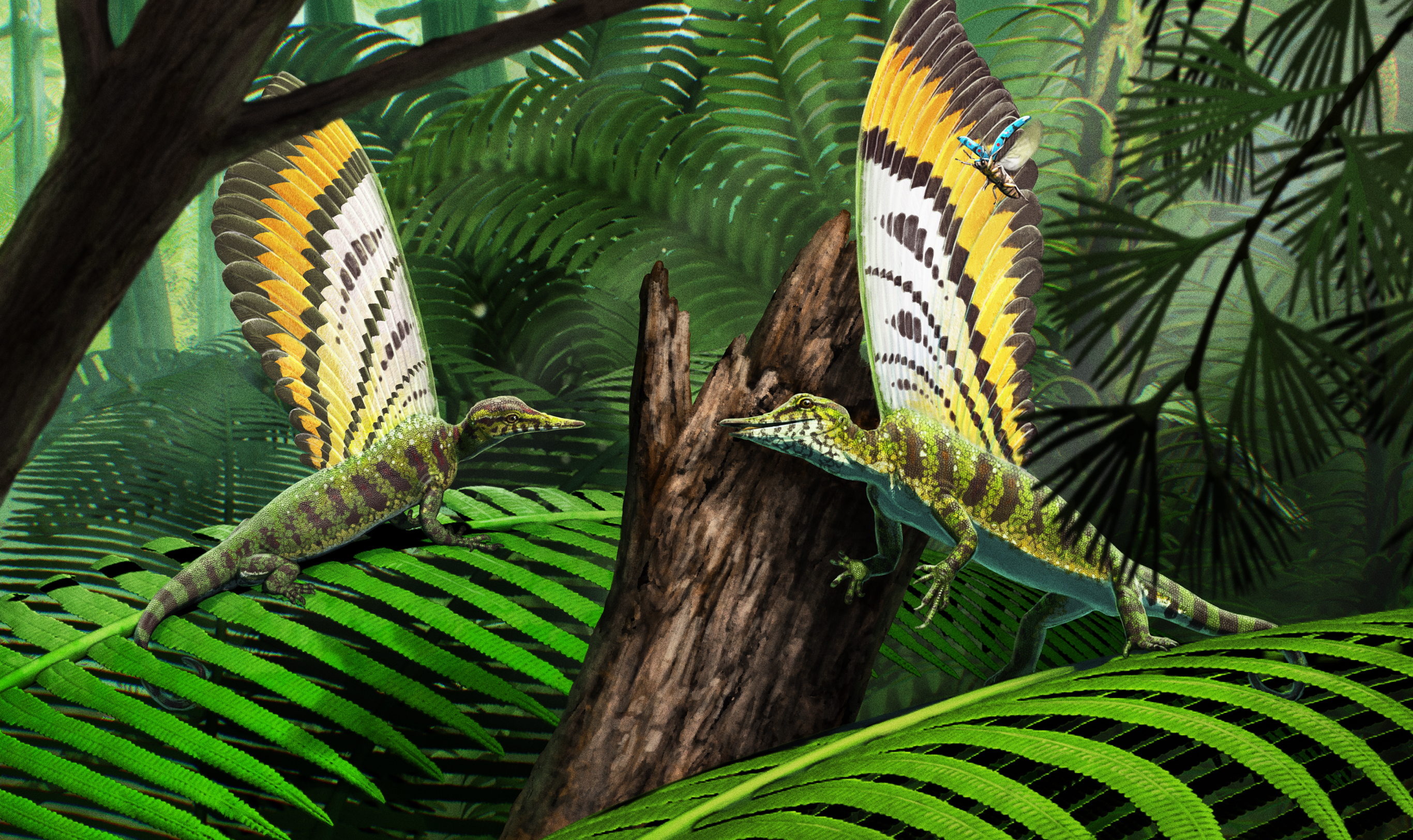Media release
From:
Palaeontology: Crested reptile shakes up feather evolution theories (N&V) *IMAGES*
A Triassic reptile with a crest of appendages on its back, which are neither feathers nor skin, is described in Nature this week. Analyses of a collection of fossils that are around 247 million years old, demonstrate that feathers or hair-like protrusions are not unique to birds and mammals.
Feathers and hair are examples of complex appendages on the outer bodies of vertebrate animals and have important functions such as forming insulation, aiding sensation, providing displays and contributing to flight. Feathers and hair have their origins in stem lineages of birds and mammals, respectively. However, the genetic toolkit for the development of these appendages is likely to have deeper roots among amniotes — the branch of animals that encompasses reptiles, birds and mammals.
Stephan Spiekman and colleagues describe a small animal with a distinctive crest of appendages up to 153 mm long along its back. Although the reptile has a superficially bird-like skull, it is assigned to a clade of Triassic reptiles called Drepanosauromorpha and named Mirasaura (meaning wonderous reptile). The observations are made in two well-preserved skeletons with plumes, along with 80 specimens with isolated appendages and preserved soft tissues. All fossils are dated to be around 247 million years old and the first were found in northeastern France in the 1930s but remained unidentified until further preparation was undertaken in recent years. This allowed the crests and skeletal remains to be associated to each other.
The tissues preserved within the appendages contain melanosomes (pigment-producing cells found in skin, hair and feathers) that are more similar to those seen in feathers than in reptilian skin or mammalian hair, although they lack the typical branching patterns seen in feathers. These findings suggest that such complex appendages already evolved among reptiles before the origin of birds and their closest relatives, which may offer new insights into the origin of feathers and hair. Considering the function of the appendages seen in Mirasaura, Spiekman and colleagues rule out roles in flight or camouflage and instead suggesting a possible role in visual communication (signalling or predator deterrence).
Multimedia











 International
International


